Walking through the Honolulu Museum of Art’s open-air courtyards, past sandstone colonnades and delicate ikebana displays, you wouldn’t think that crossing a threshold into a gallery would place you smack in the middle of an artistic sea change. But, should you enter the exhibition Abstract Expressionism: Looking East from the Far West—made possible with generous support from Halekulani—that’s what you’ll wade into. While mid-20th American century masterpieces hang in their well-earned spots, a fresh wave of works by Hawai‘i artists crashes against the whitewashed fortifications that have long enclosed Western art’s canons.
The exhibition is the brainchild of serial wave-maker Theresa Papanikolas, who serves as the museum’s curator of European and American Art and deputy director of art and programs. Last year, Papanikolas temporarily filled an opening in the museum’s Renaissance gallery with a painting by O‘ahu artist Masami Teraoka that riffs on the Catholic Church’s sex abuse scandals. “I’m trying something a little different,” she quipped in her Instagram post about the rotation.
The push Papanikolas makes with Abstract Expressionism rocks the national boat by suggesting that one of America’s most ruggedly individualistic art traditions was augmented from the start by others—the kind of “Others” who were thrown into internment camps for their imagined collusion with the enemy that lit up Pearl Harbor.
“The canon of Abstract Expressionism is very narrow,” says Papanikolas, sitting at a table in the museum’s shady Palm Courtyard in May. “It deals with a handful of big-name artists. They’re all men. They all have these distinct signature styles. They’re all white. And recently, there have been a lot of histories of the movement that interrogate that, that consider other voices, other media, the issue of gender, and also the issue of race. This exhibition falls into that body of scholarship.”
You know the men Papanikolas is alluding to: Jackson Pollock, Mark Rothko, Willem de Kooning, and the like. They converged in New York in the 1940s and splattered and smeared and stripped away formality to create a new, evocative, and uniquely American movement. Less known are the Japanese-American artists from Hawai‘i—like Tadashi Sato, Satoru Abe, Reuben Tam, and Sueko Kimura, one of the exhibition’s female artists—who spent their stylistically formative years in New York while crossing paths with these canonized icons. And then there is innovative Japanese calligrapher Saburo Hasegawa, who came to the United States in the 1950s and opened up the world of Asian art traditions—those inherent to Hawai‘i’s Japanese-American artists—to the New York masters.
“I became very interested in these encounters,” says Papanikolas, “and it led me to open the subject up to consider Asian-American practitioners of Abstract Expressionism, and then later Japanese practitioners of abstraction, to see how their presence in the movement, which is often overlooked, had an impact and broadened the conversation. That’s how this exhibition came about, and what it is all about.”
Abstract Expressionism is the third exhibition in a series masterminded by Papanikolas that seeks to show how art made in and about Hawai‘i played into or against the national art context. So far it has included 2013’s Georgia O’Keeffe and Ansel Adams: The Hawai‘i Pictures and 2014’s Art Deco Hawai‘i.
“In the case of Adams and O’Keeffe, these were nationally recognized artists who came to Hawai‘i at the height of their fame and the height of their powers, and did bodies of work that responded to what they encountered here. Art Deco Hawai‘i, and now the Abstract Expressionism exhibition, show Hawai‘i artists in the context of bigger national trends—the Art Deco movement, which was really an international movement, and Abstract Expressionism, which was based in New York and spread to the West Coast, and now we’re looking at what happened to it in Hawai‘i.”
As in past shows, Papanikolas’ argument—in this case, the idea that Asian-American, and especially Japanese, artists belong in the Abstract Expressionism conversation and even influenced the work of its core artists—acts like a tide, pulling visitors through the evidence as they course through the gallery. Seeing works assumed to be from disparate traditions placed together in the same gallery, the viewer might find a work like Robert Motherwell’s splattered black waveform in Untitled (1963), from his Beside the Sea series, evolve into a reflection of Hasegawa’s scroll—a new perspective helped along by the calligraphically styled bronze prongs of a Satoru Abe sculpture standing in the round. And at times, the viewers may feel as if they are moving through water, a substance that, among other natural elements, influenced a number of the Hawai‘i artists.
“A couple of the artists were actually watermen,” Papanikolas explains. “They spent a lot of time fishing, diving, and being in the water. And you see that particularly in the work of Tadashi Sato and Tetsuo Bob Ochikubo. There’s a prevalence of blue and red, very hot, warm, and cool tones in their work. They’re responding to the natural world and to the ebb and flow of that world.”
Abstract Expressionism: Looking East from the Far West, made possible with the generous support of Halekulani, is on display at the Honolulu Museum of Art from September 7, 2017–January 21, 2018.
Mark Rothko (American, 1903-1970) Untitled, 1968, acrylic on paper mounted on Masonite. University of Iowa Museum of Art. Gift of the Mark Rothko Foundation, Inc., 1985.49. Copyright 1998 Kate Rothko Prizel and Christopher Rothko/Artists Rights Society (ARS), New York. Reproduced with permission from The University of Iowa.
Robert Motherwell (American, 1915-1991), Untitled, 1963, oil on canvas. Honolulu Museum of Art, gift of The Contemporary Museum, Honolulu, 2011, and purchased with funds given by Persis Corporation and gift of the Dedalus Foundation (TCM.1997.1). Art copyright Dedalus Foundation/Licensed by VAGA, New York, NY.
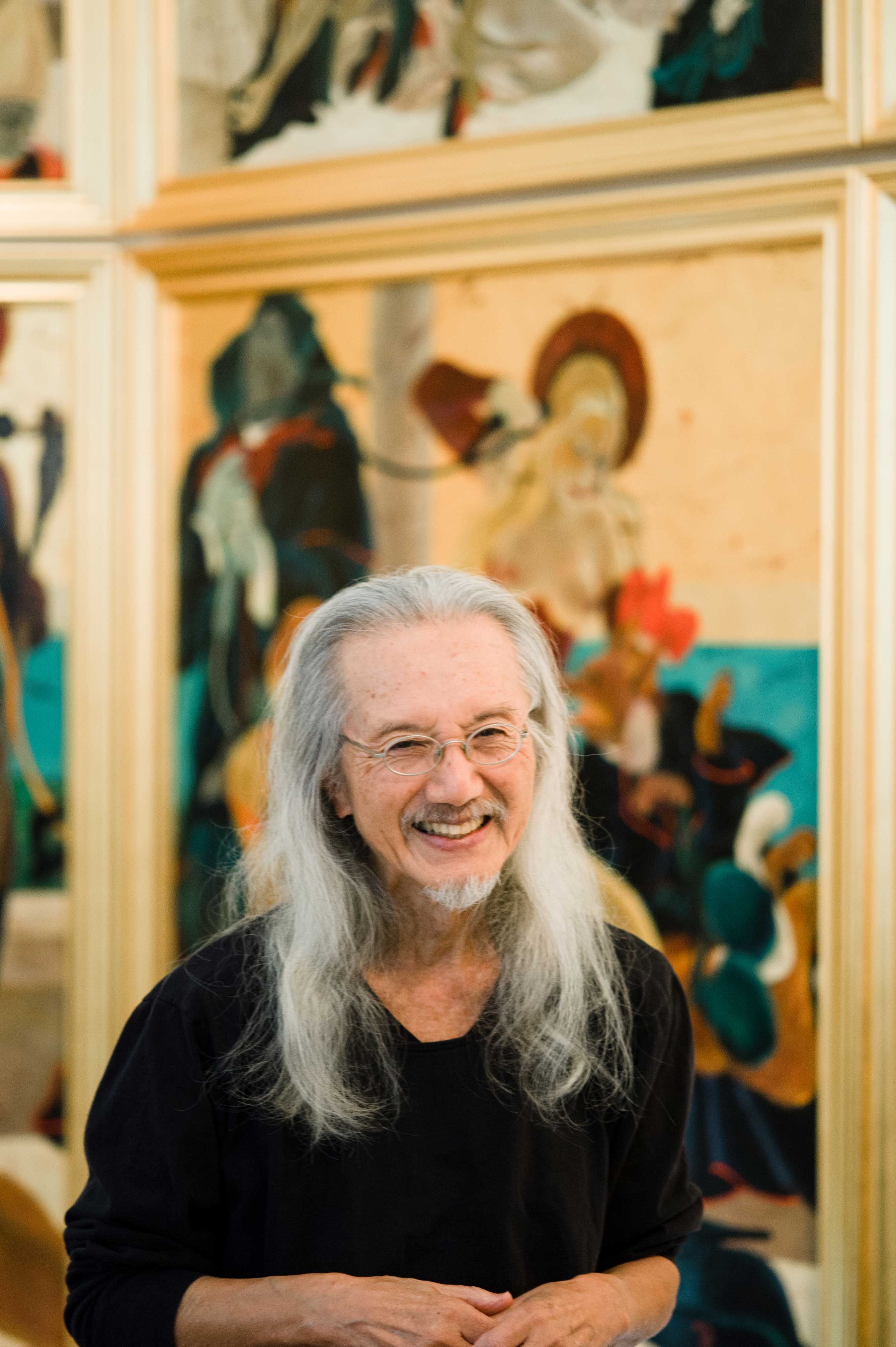
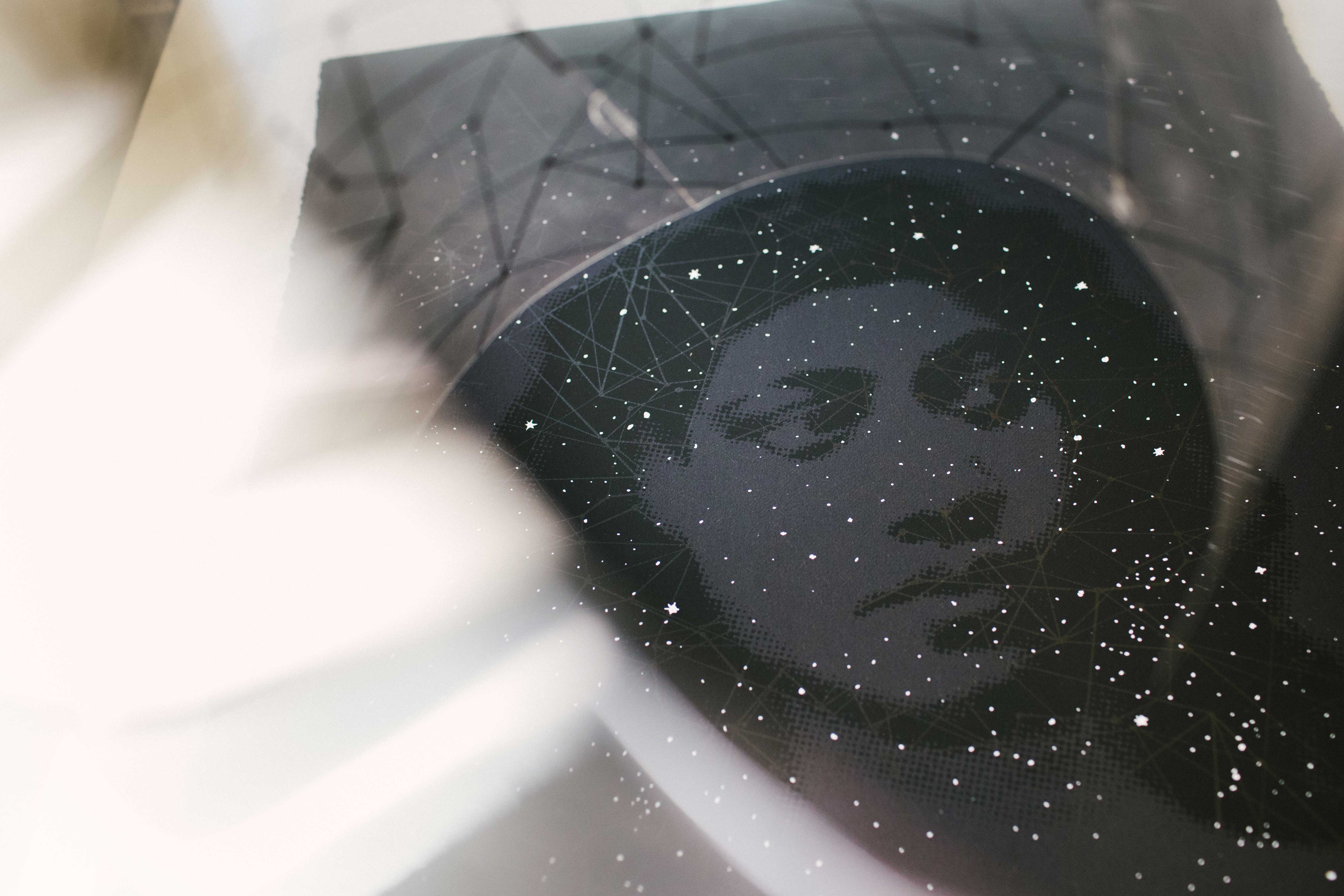


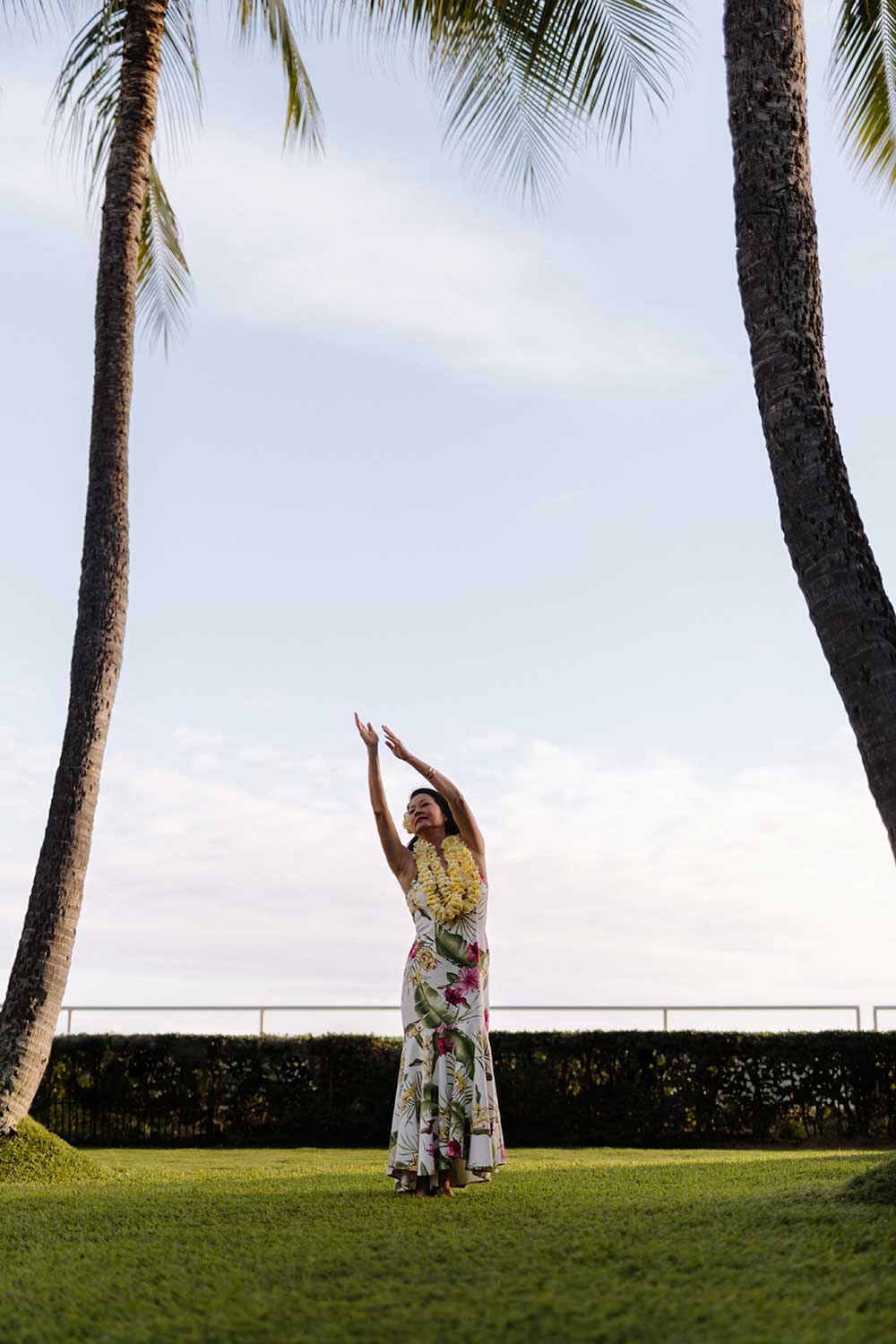
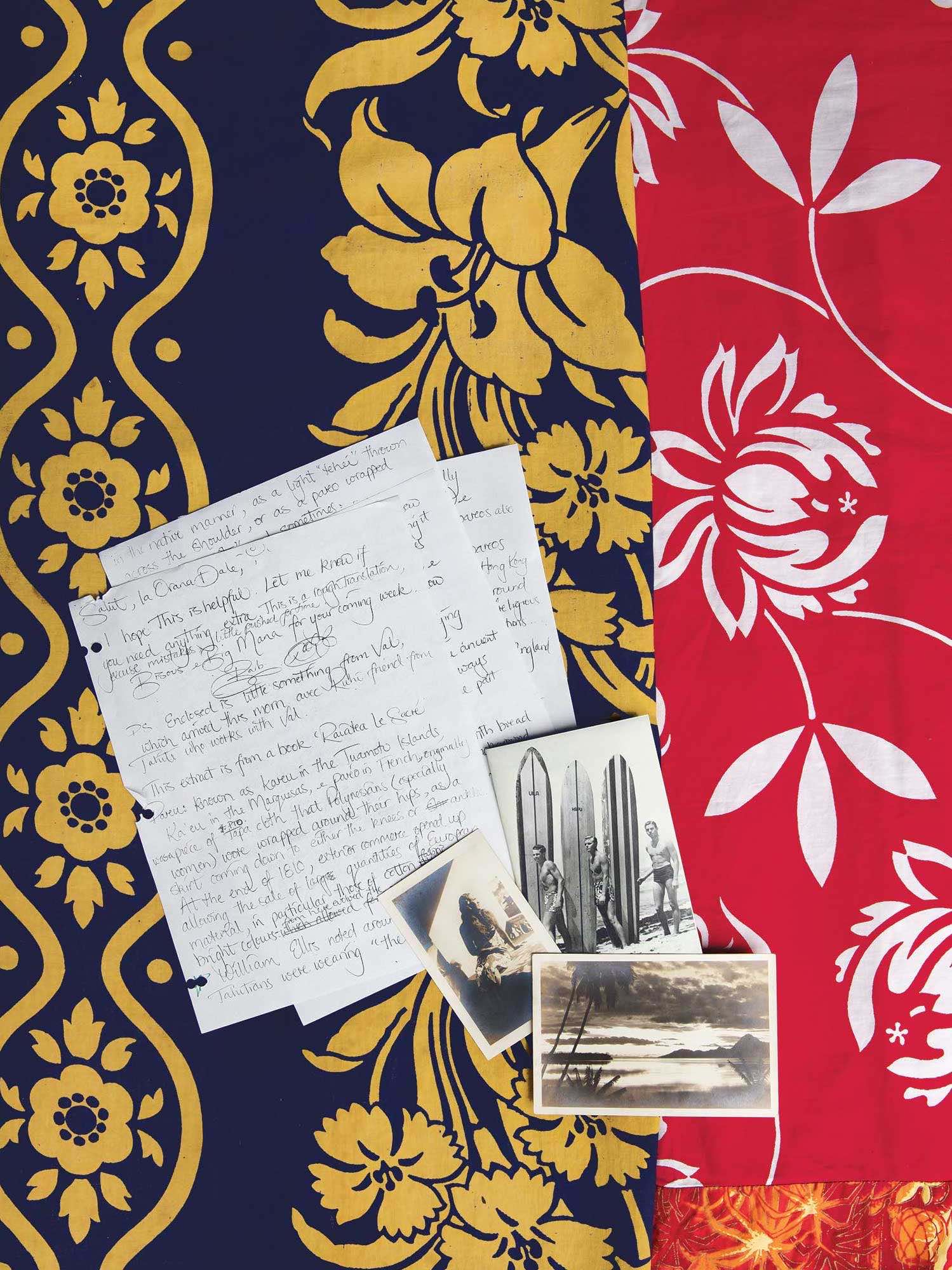
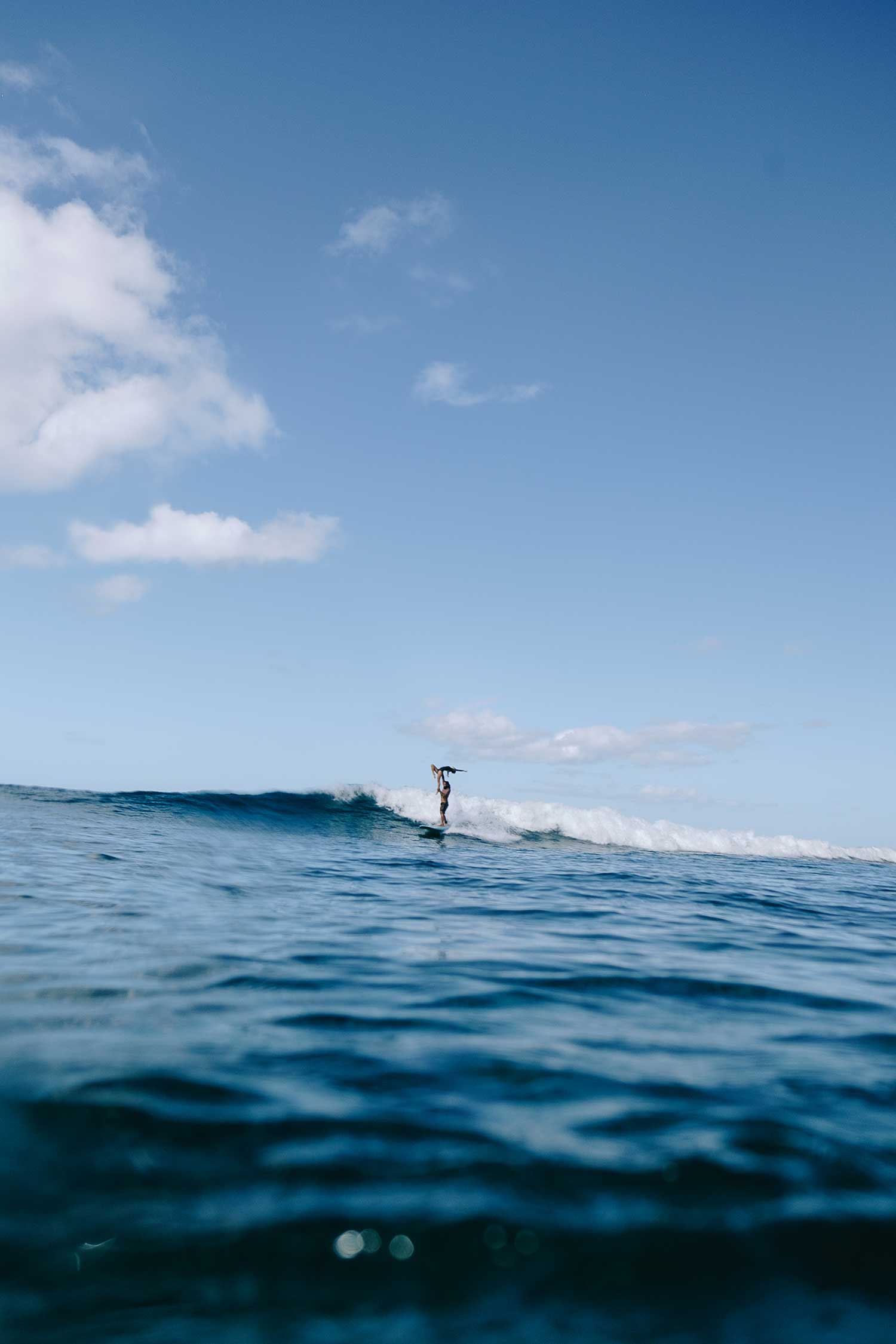
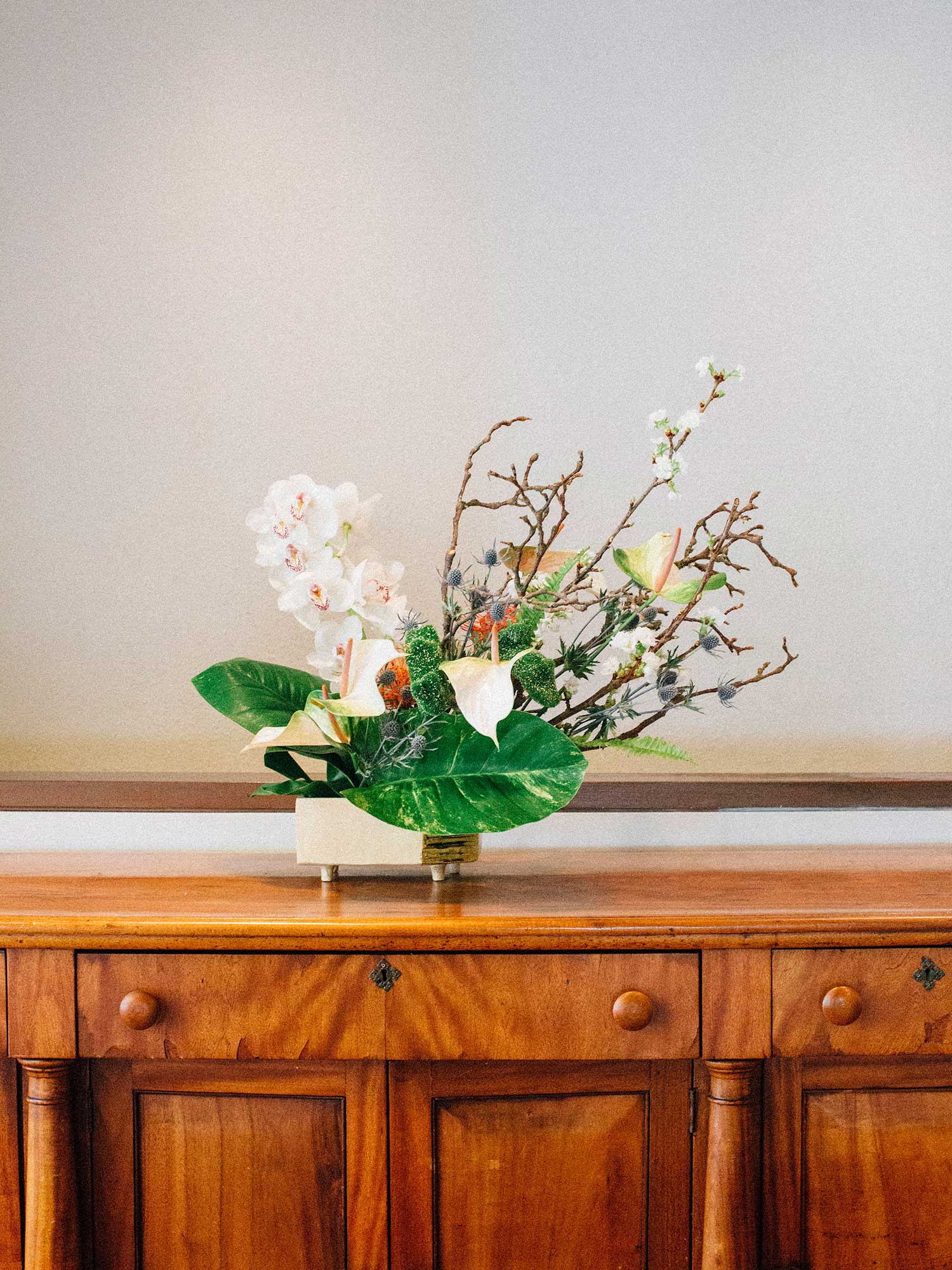
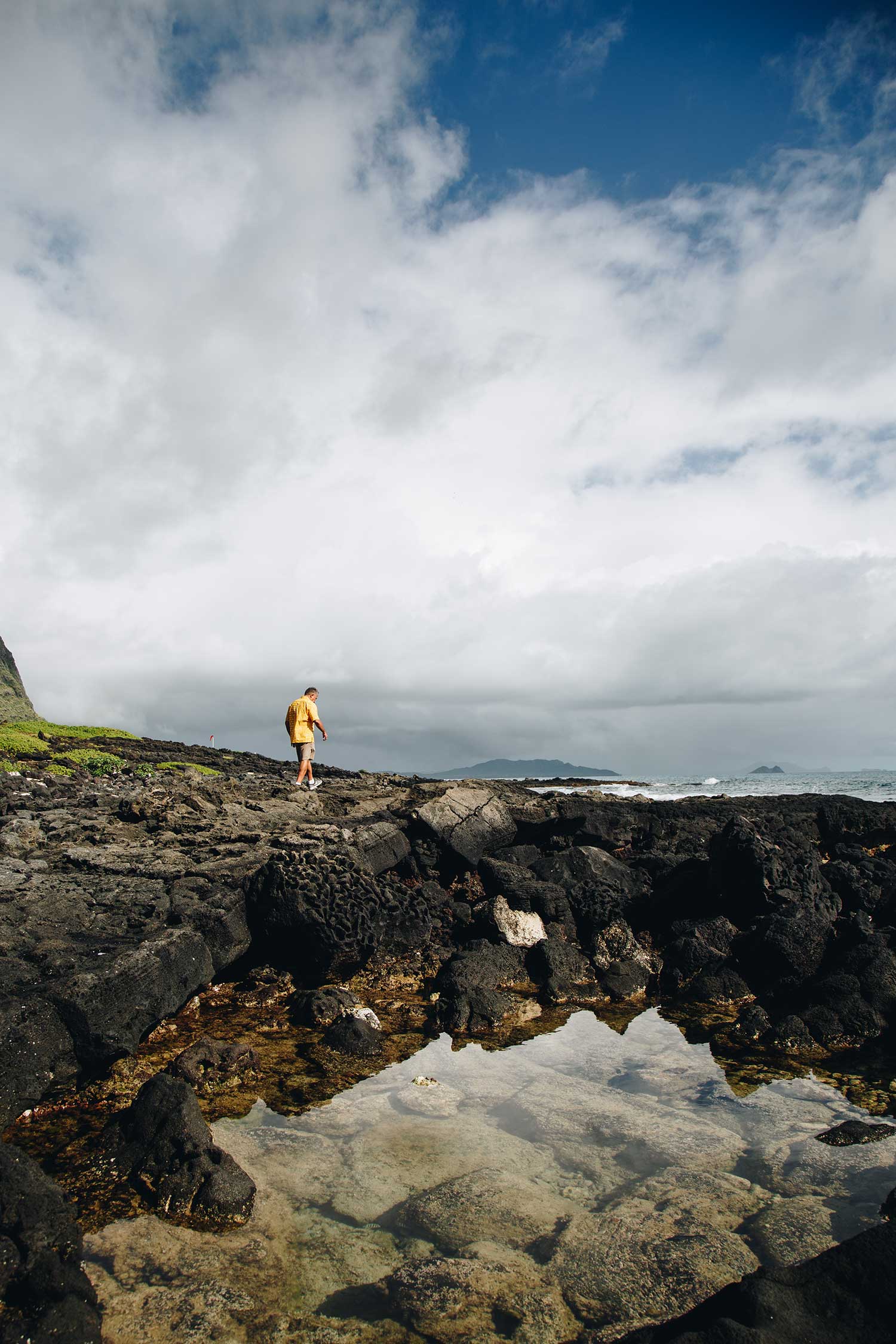
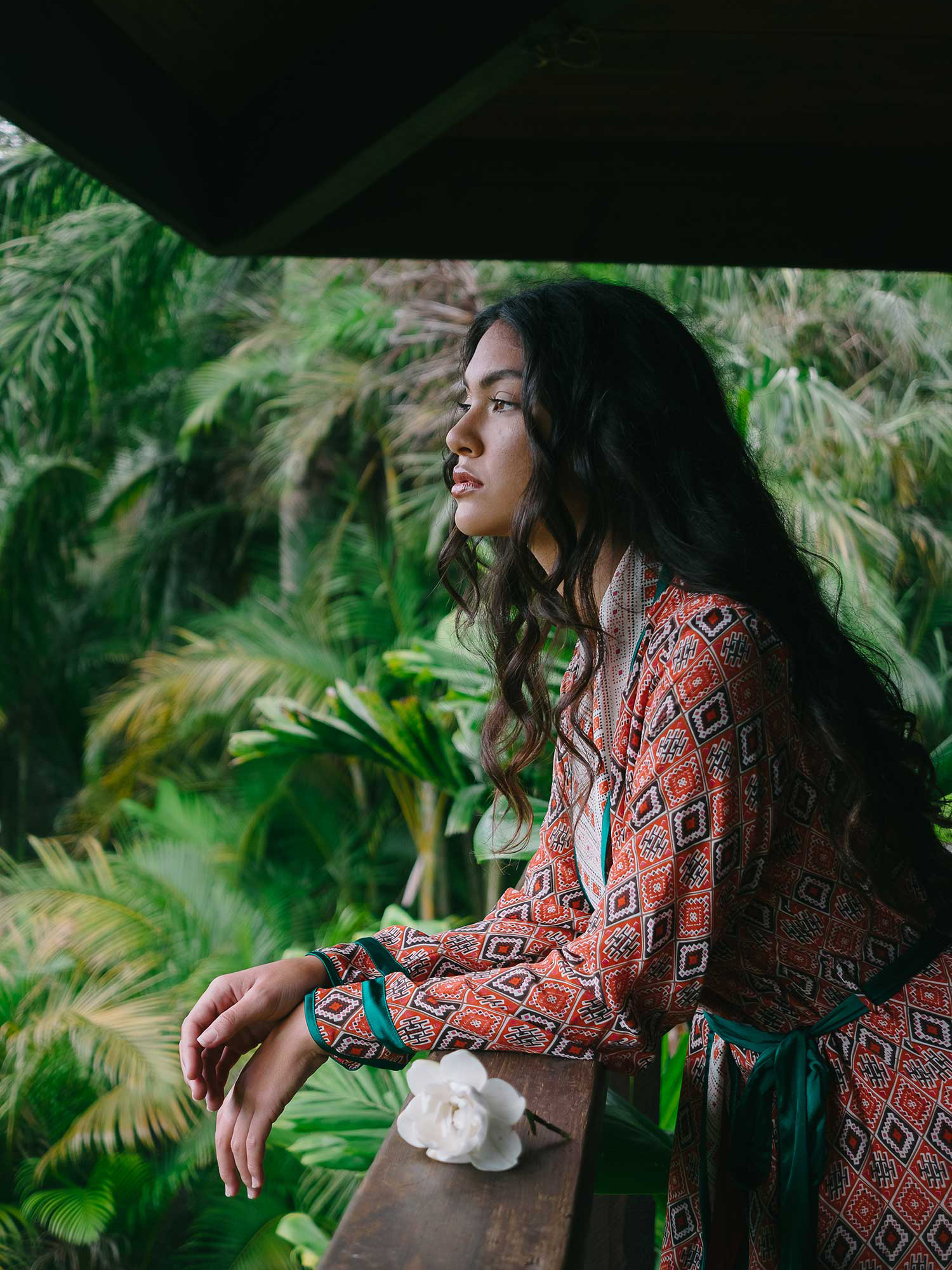
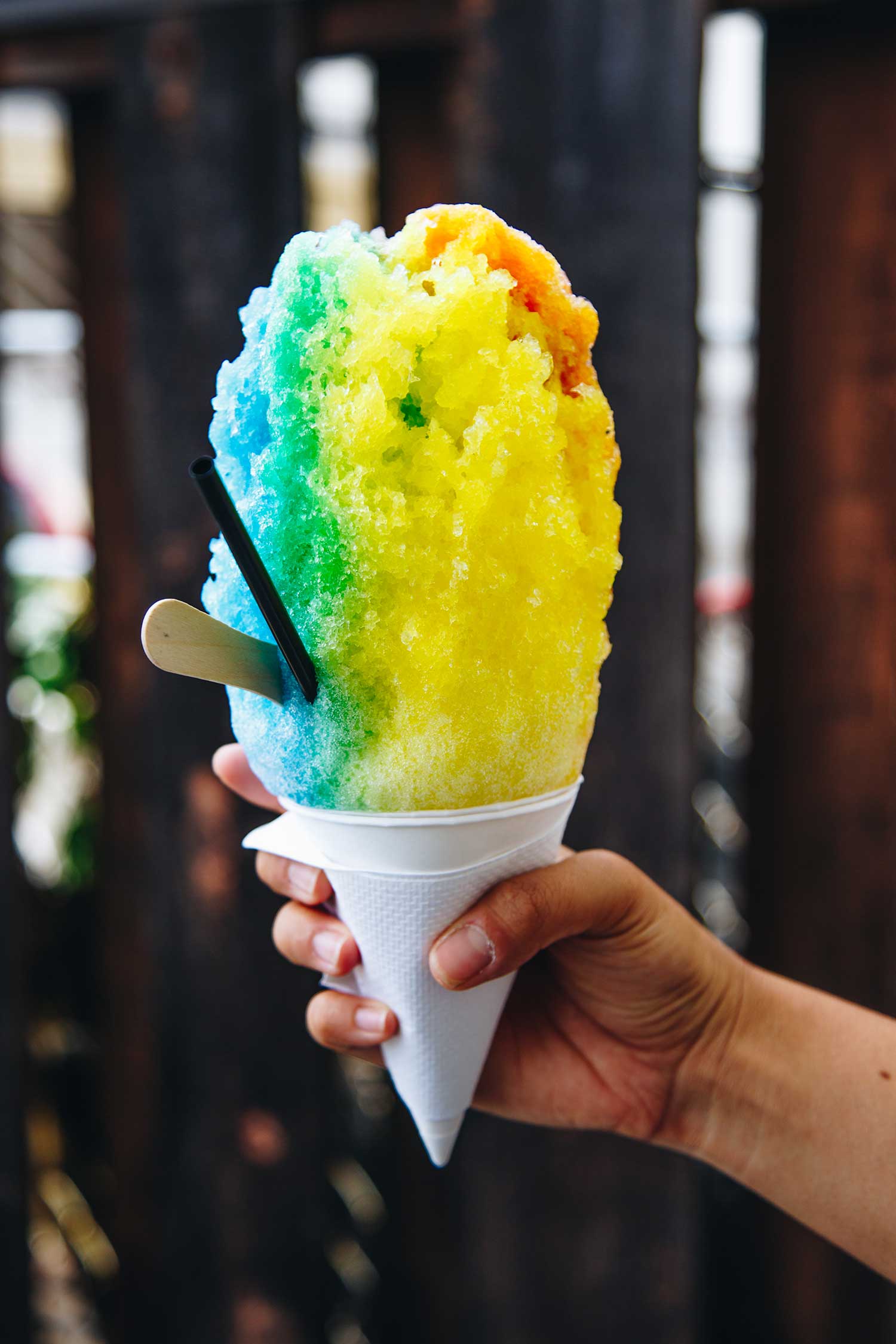
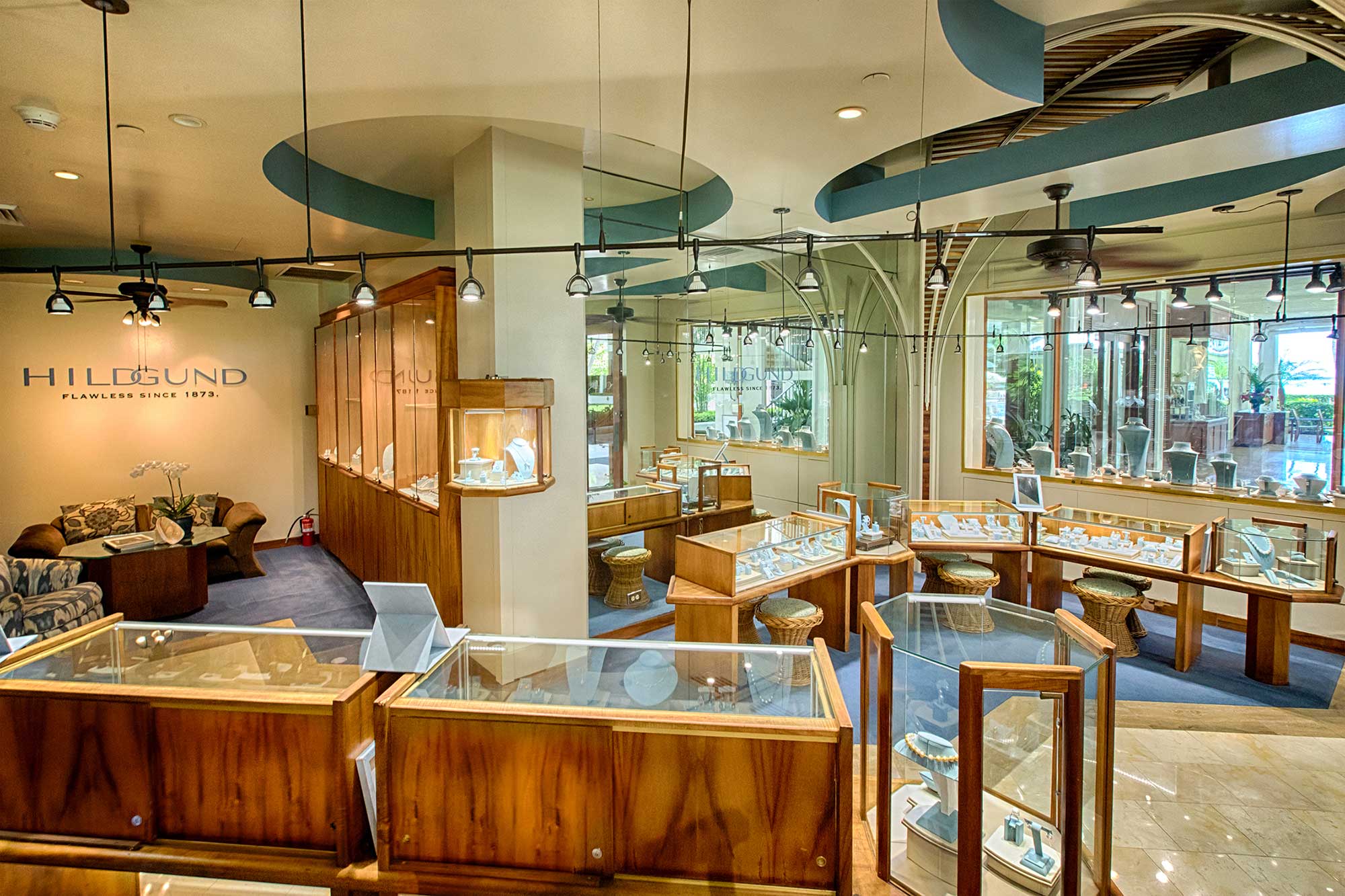
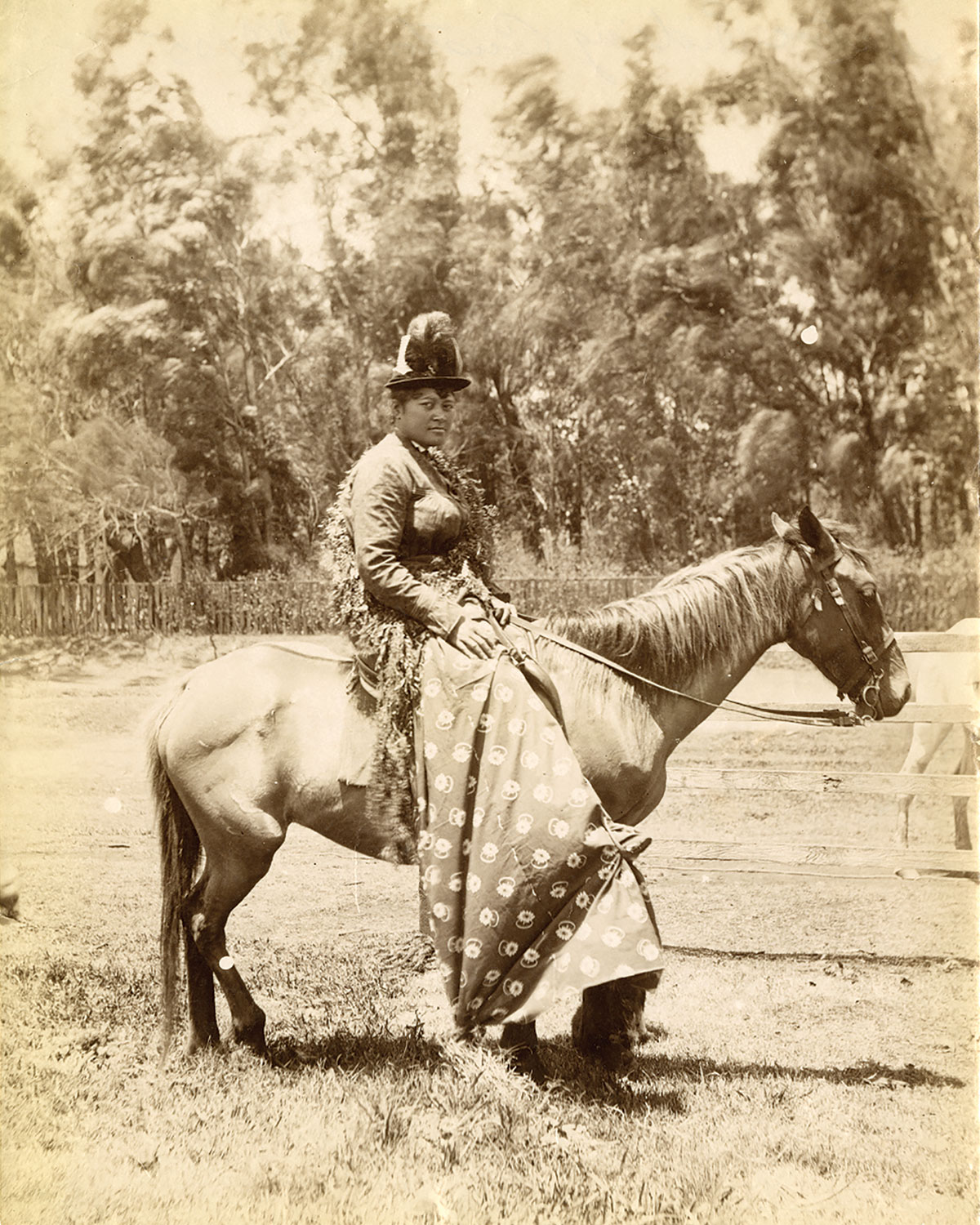
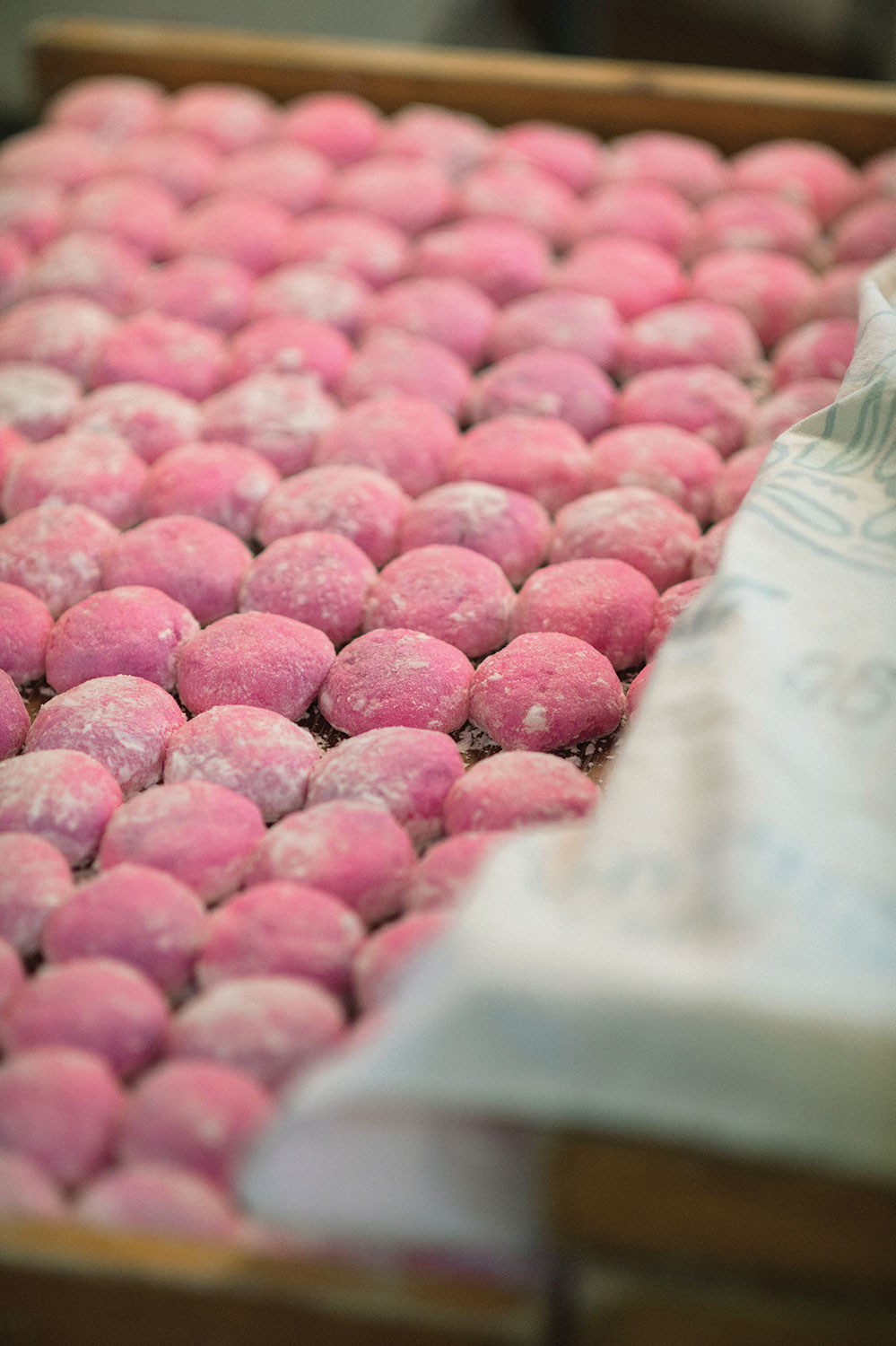
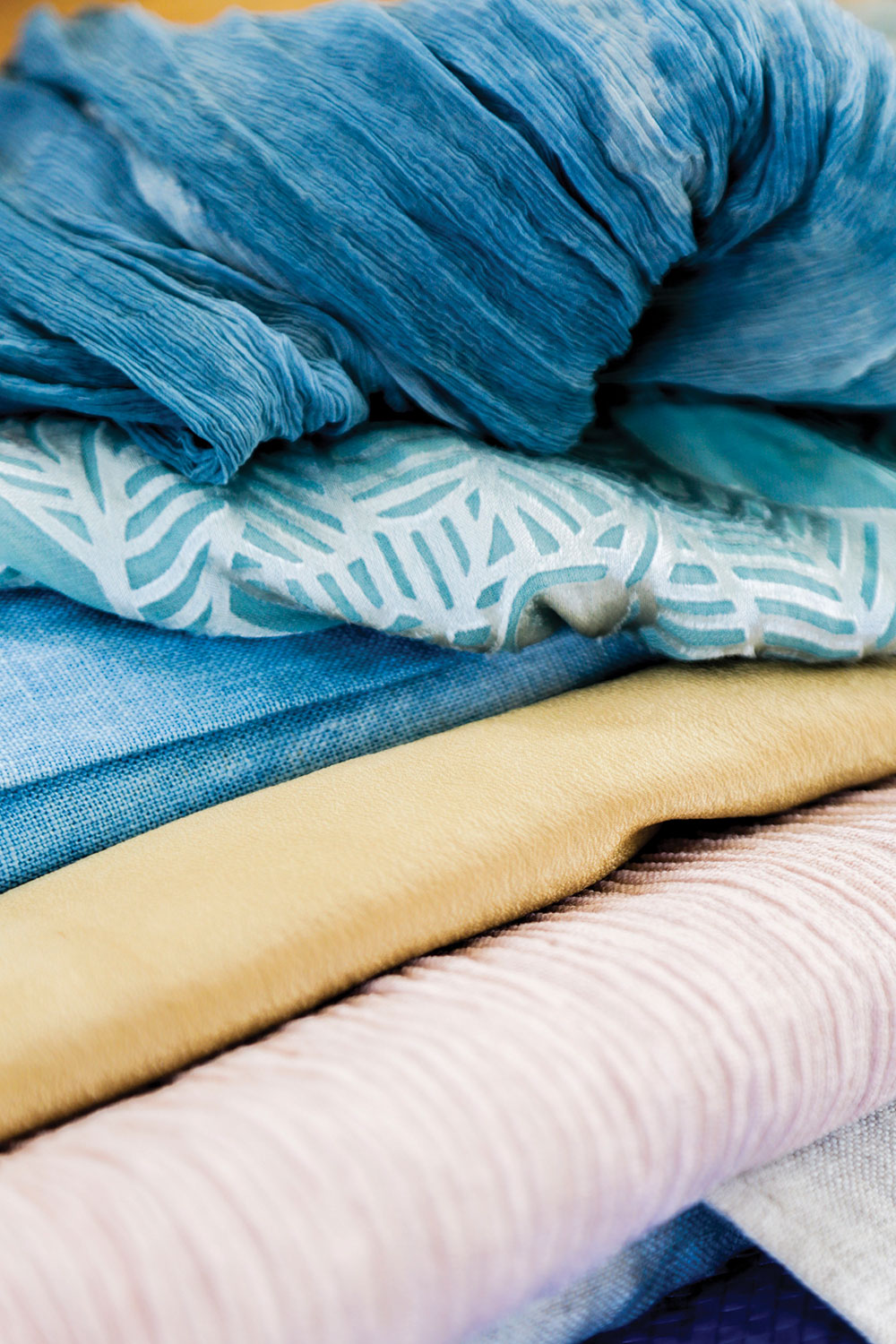
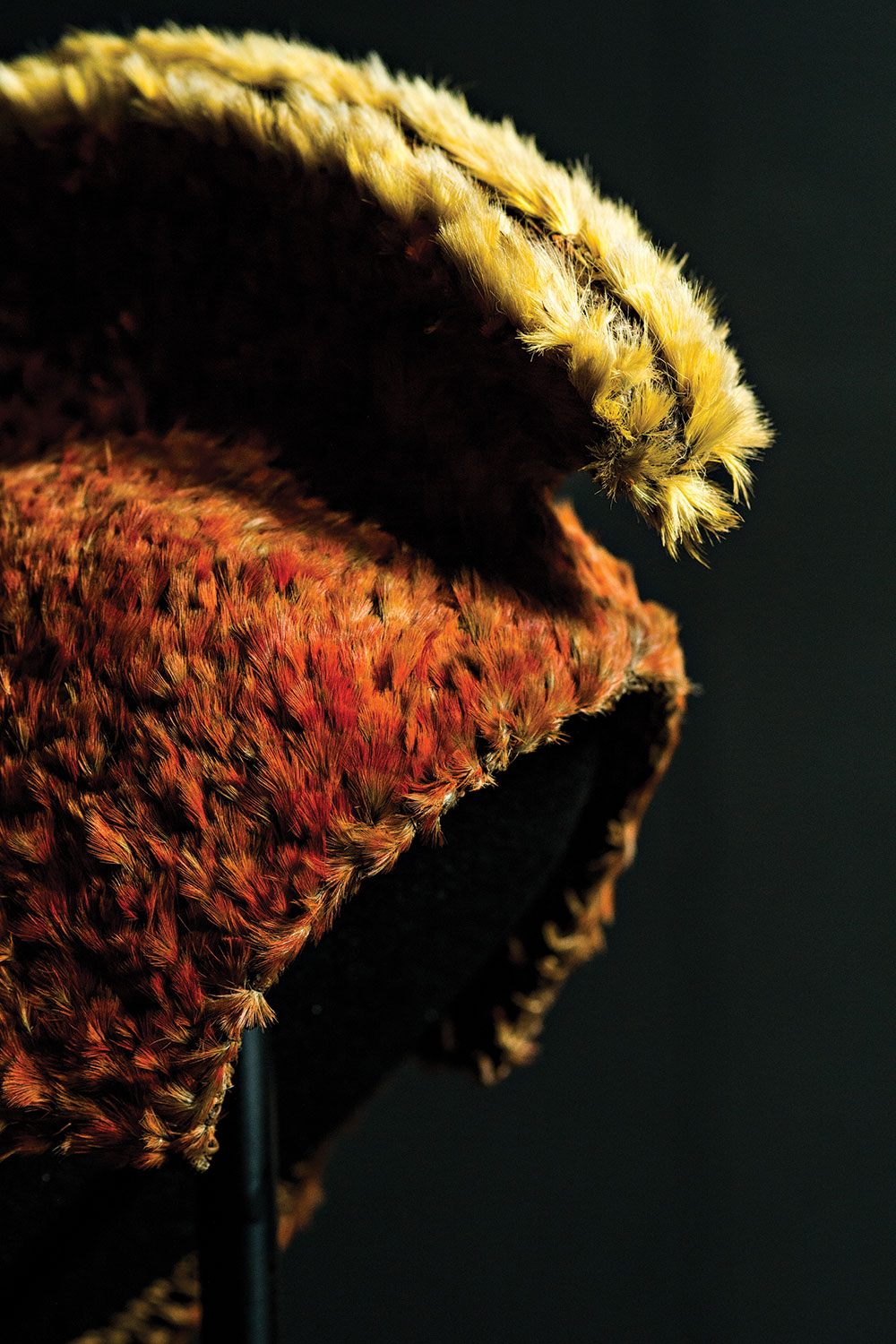
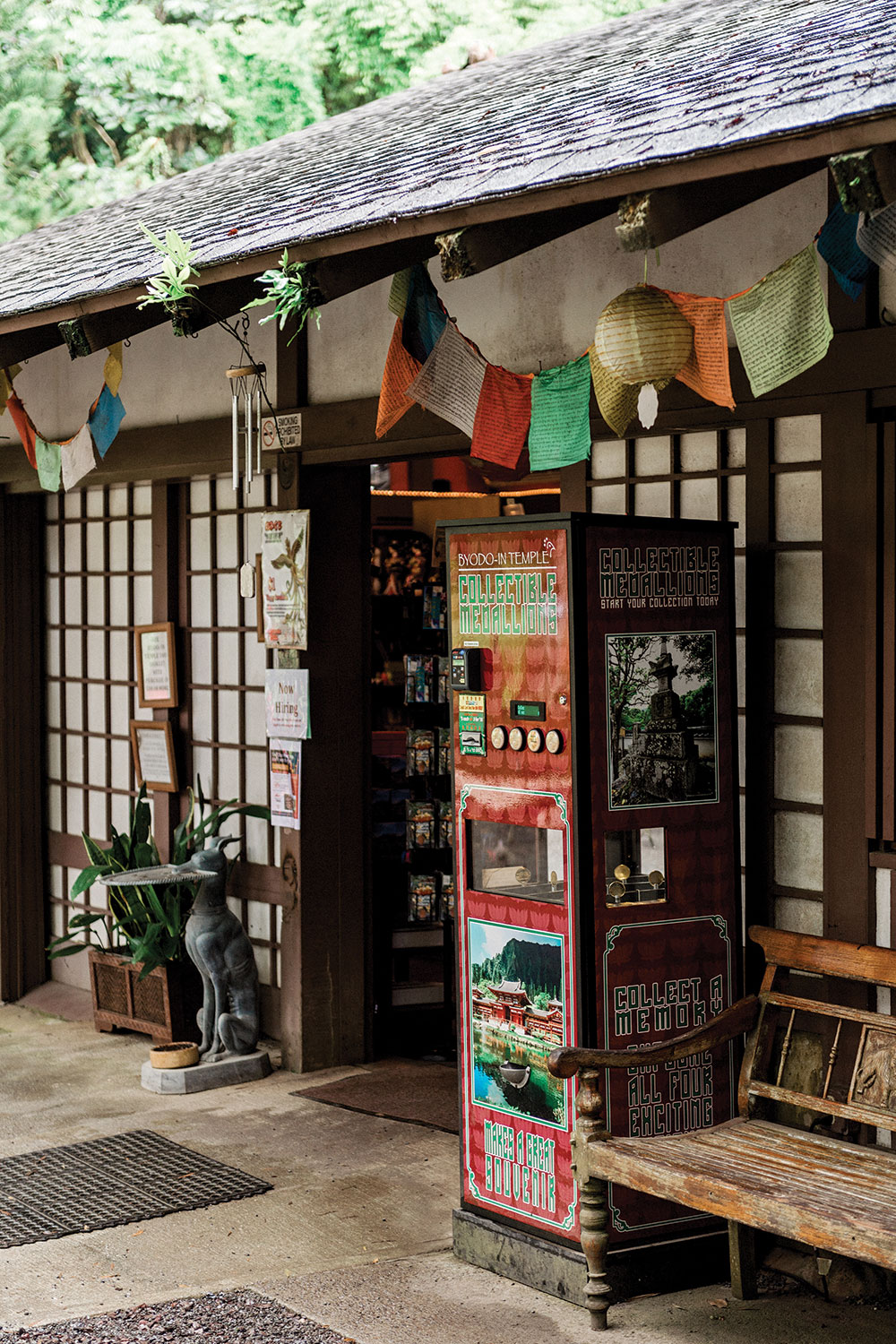
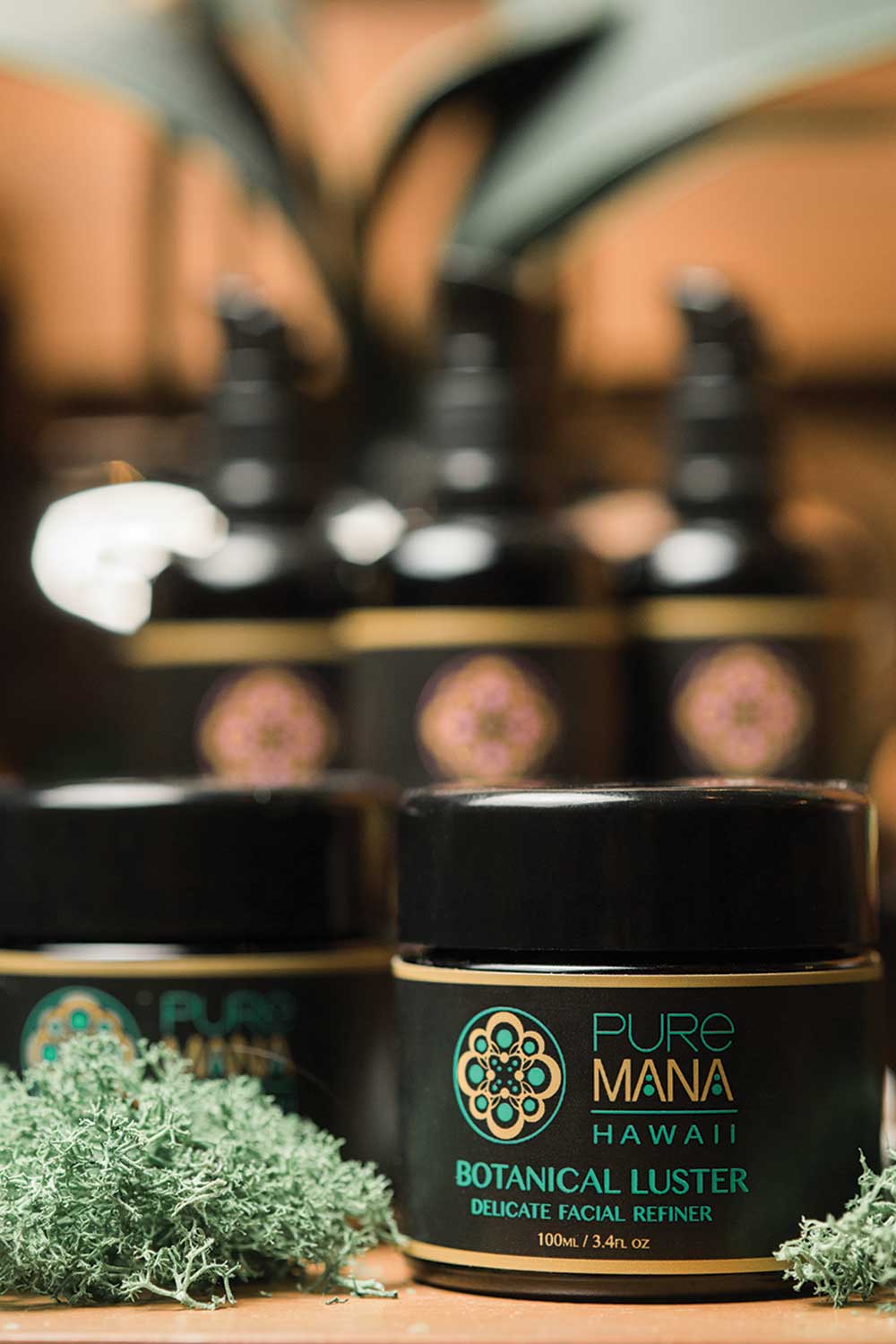
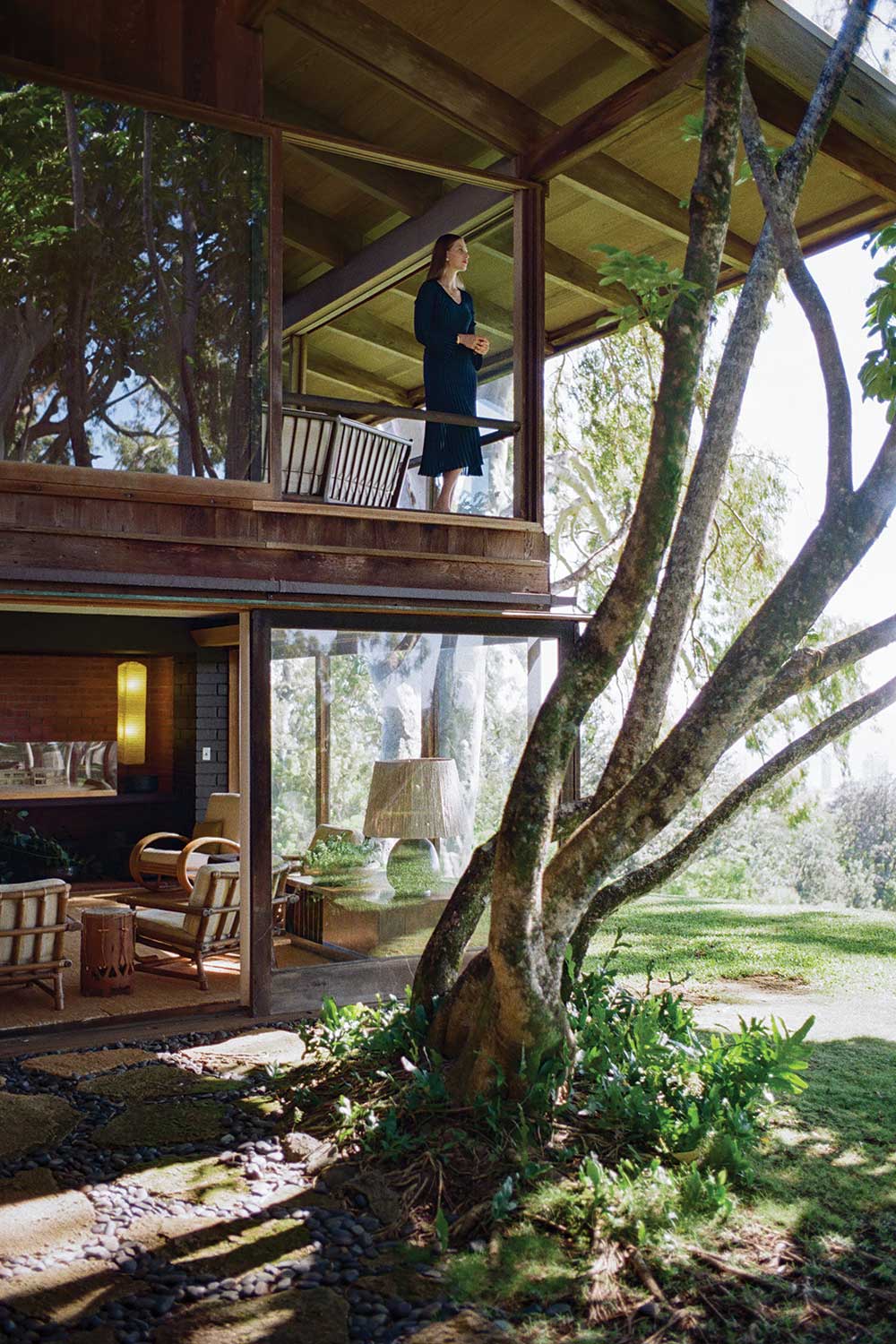
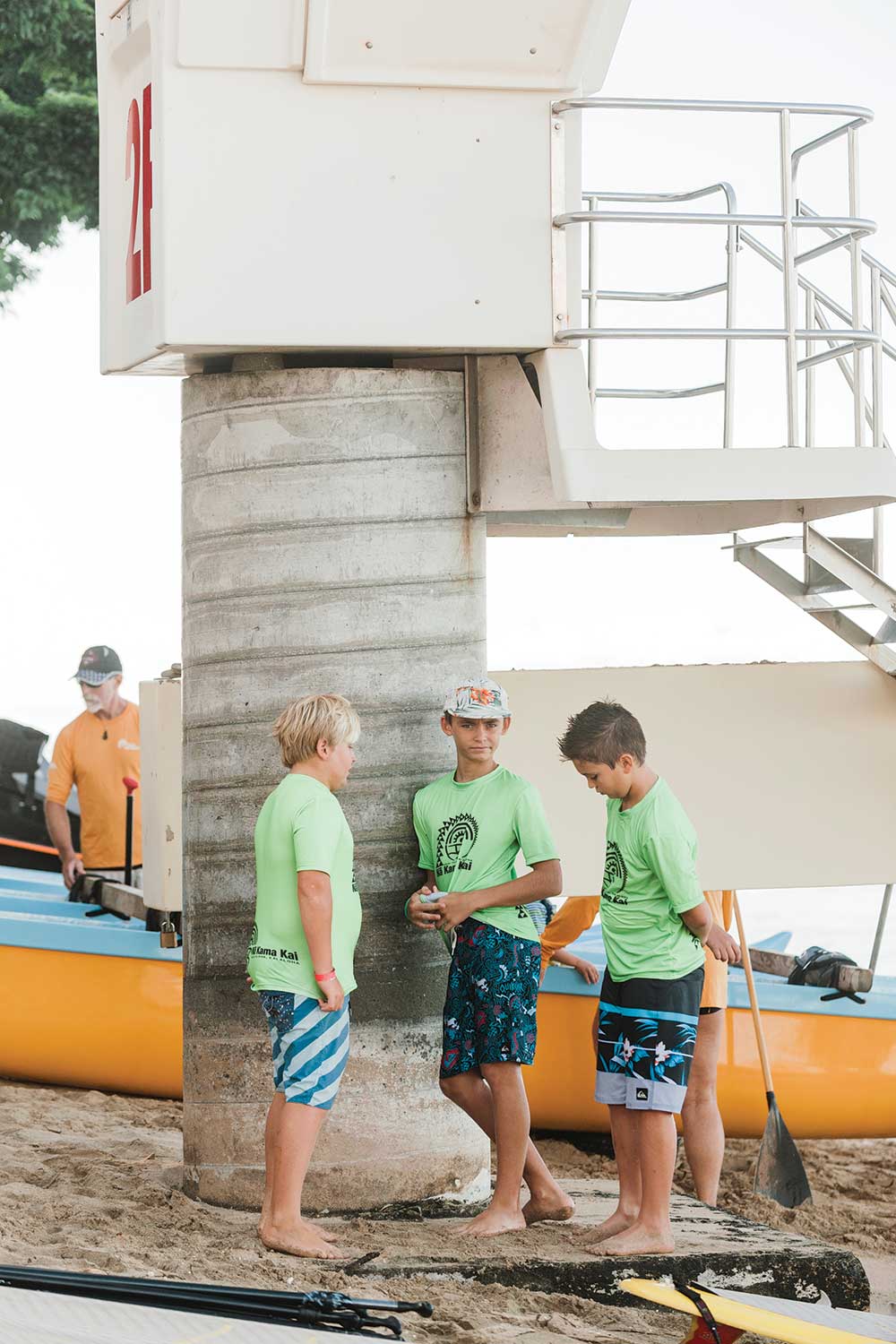
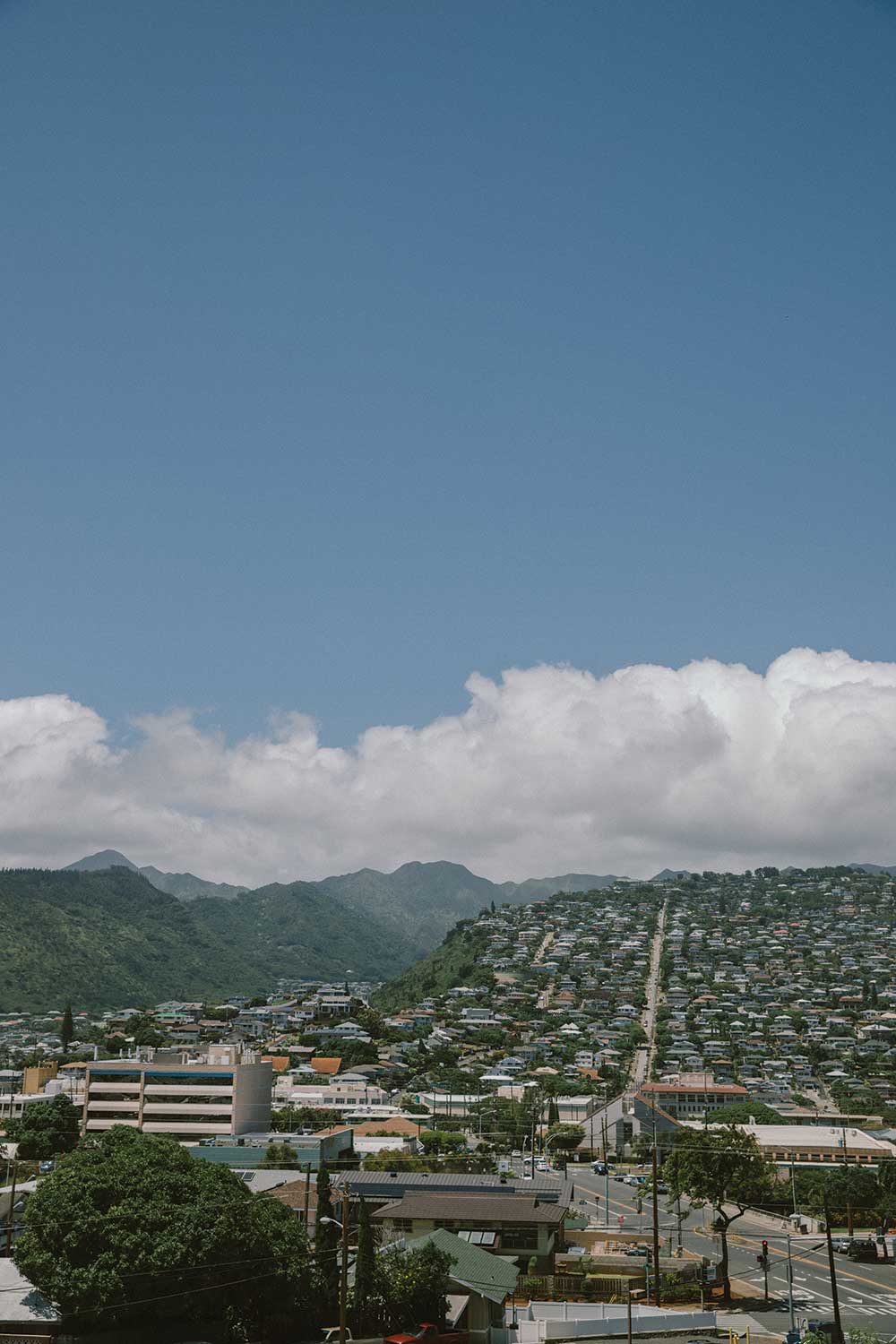

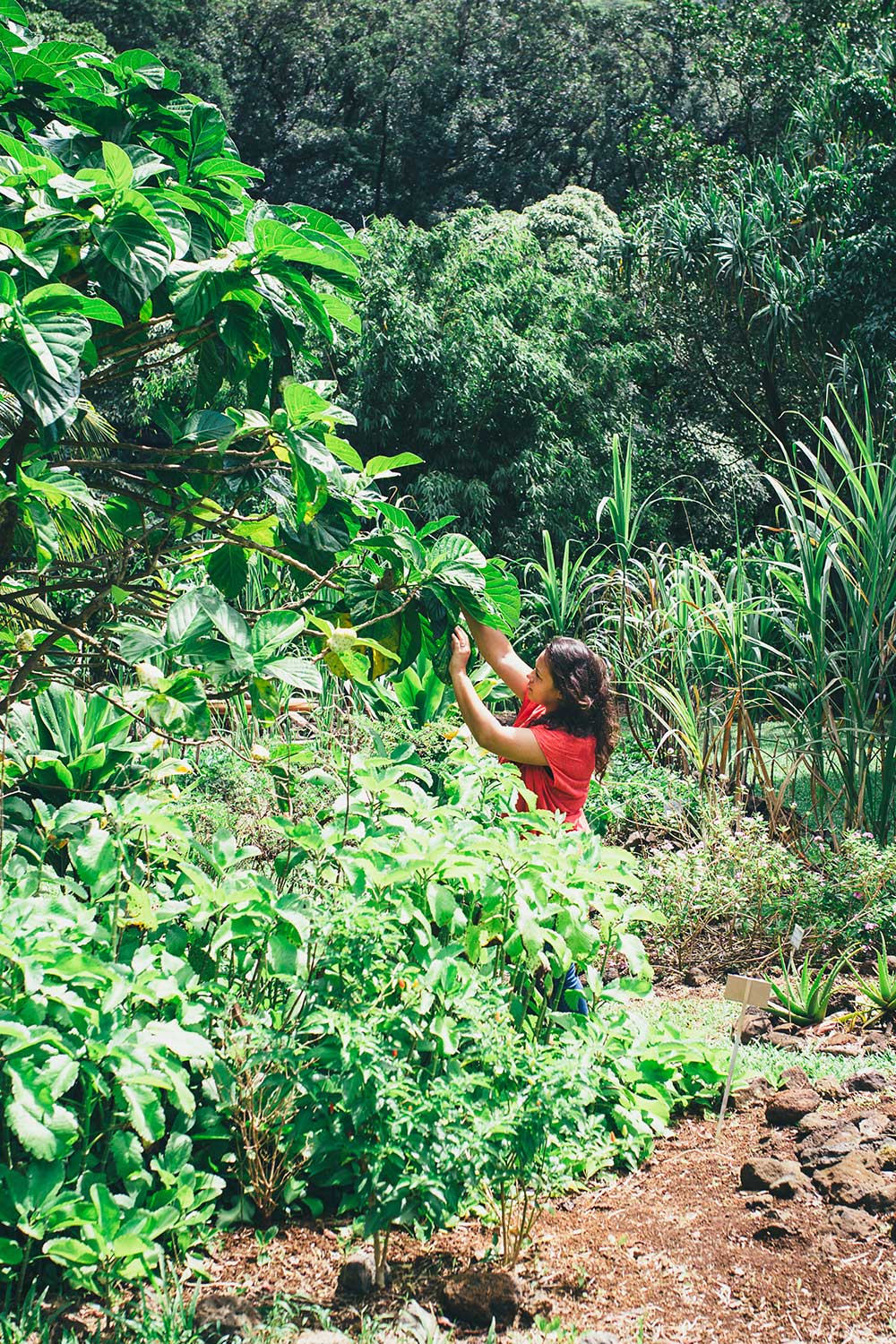

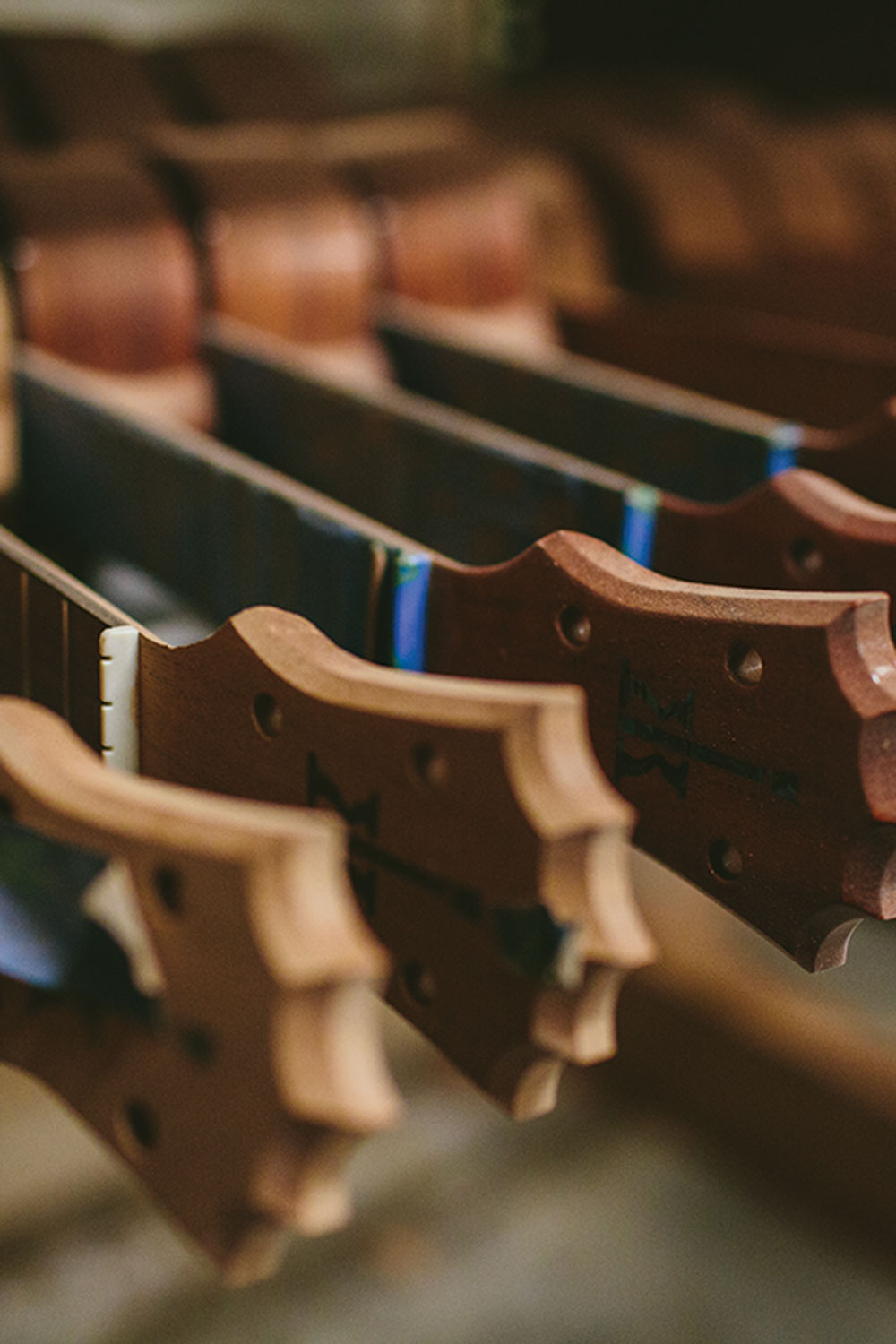
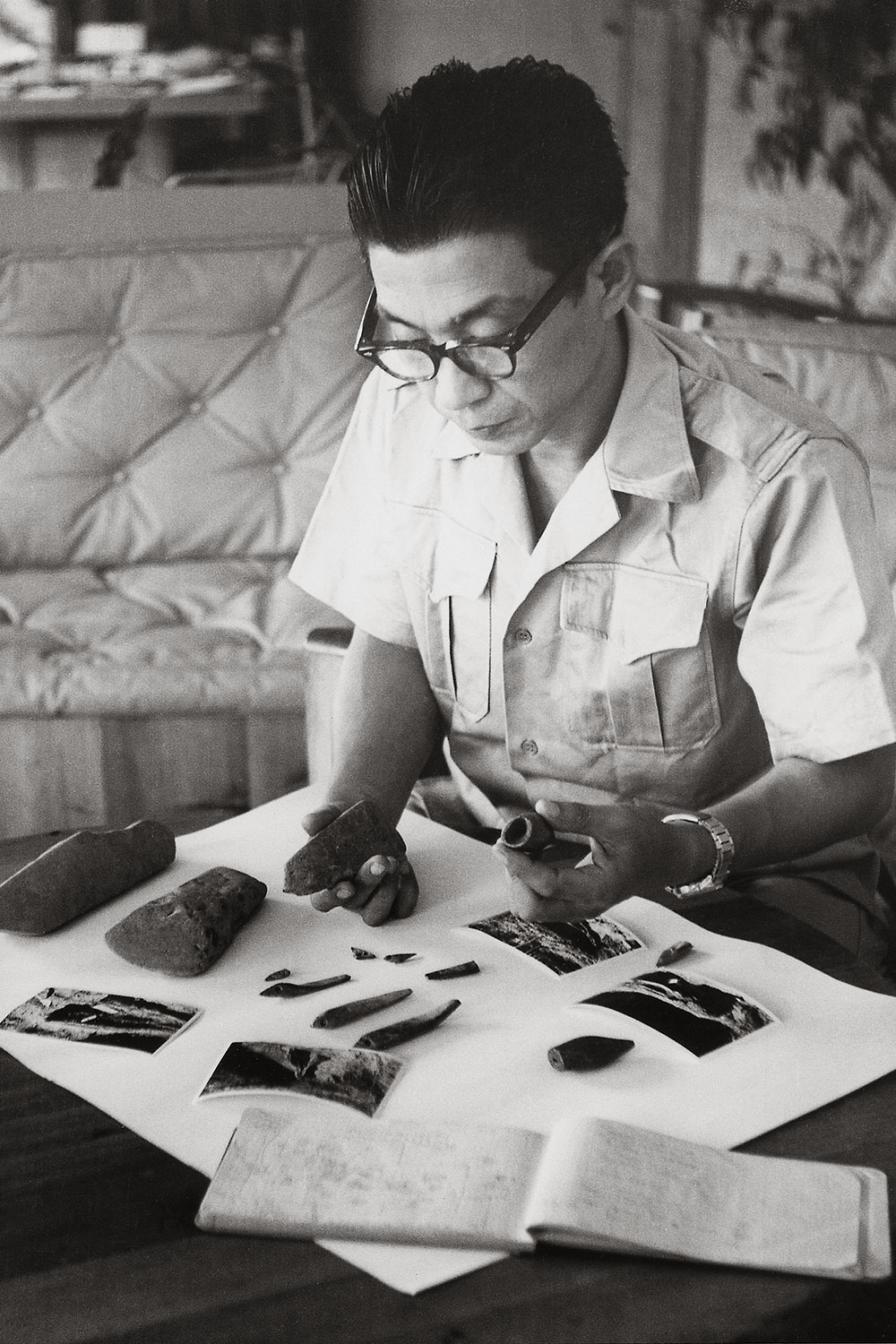
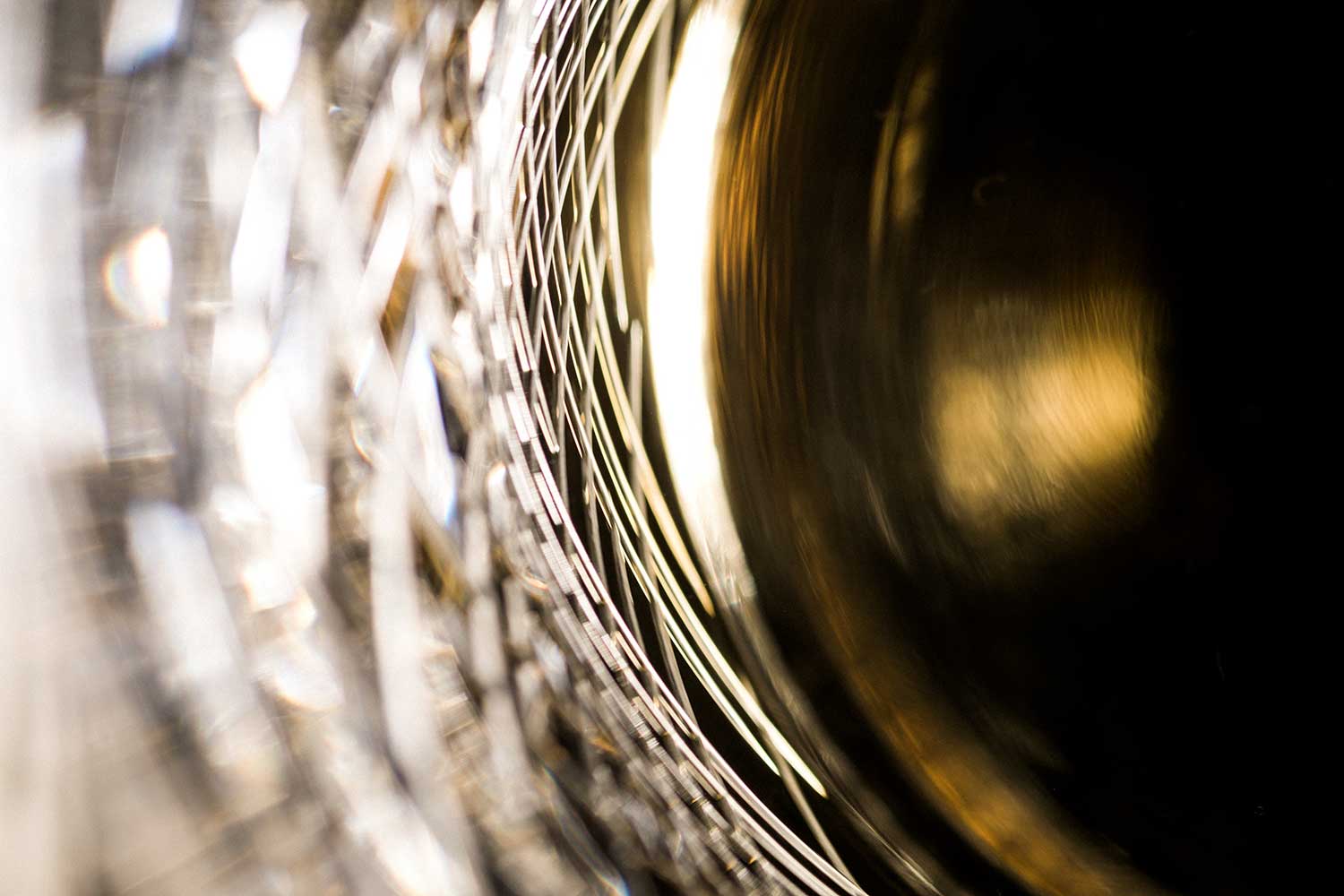

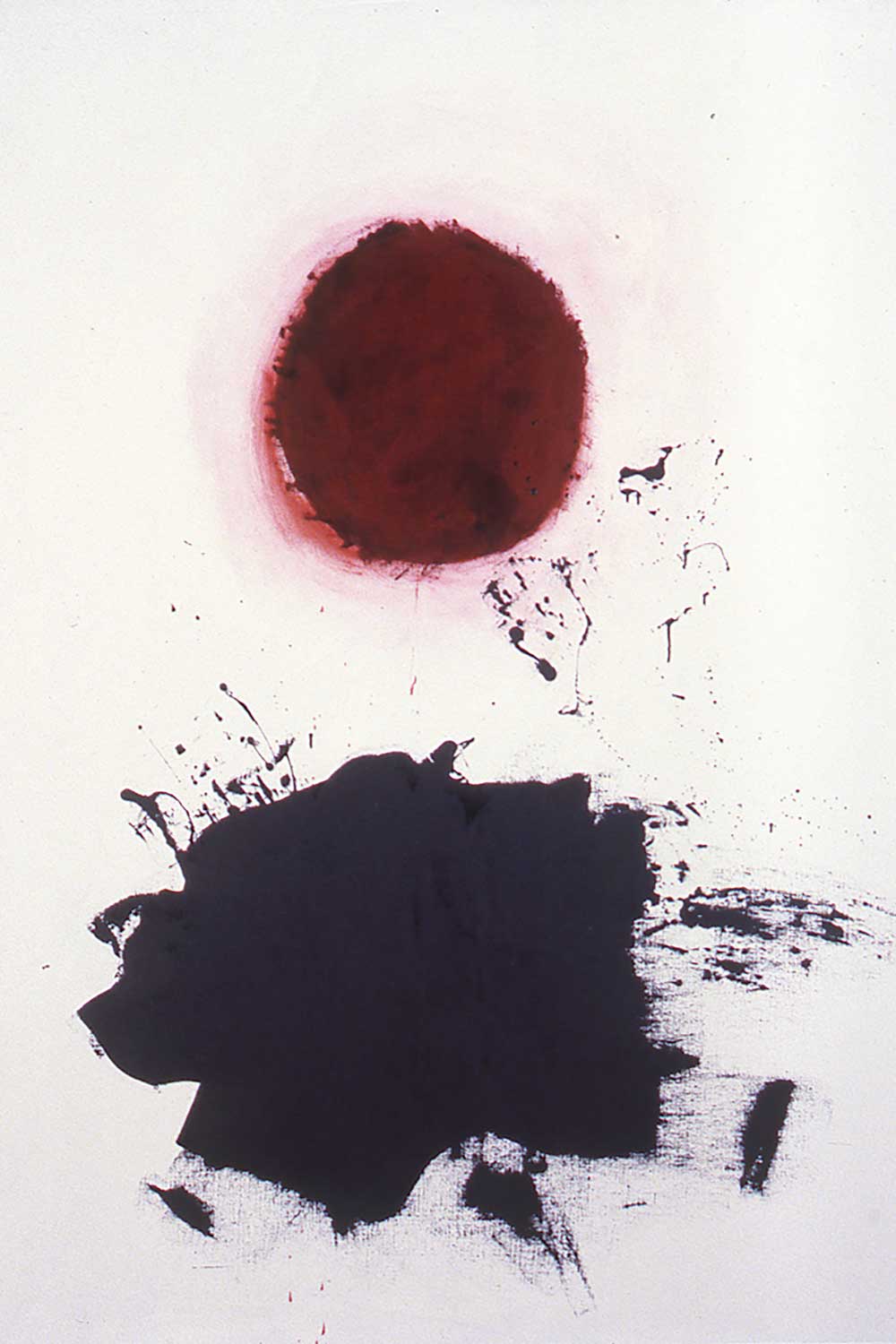








Share: